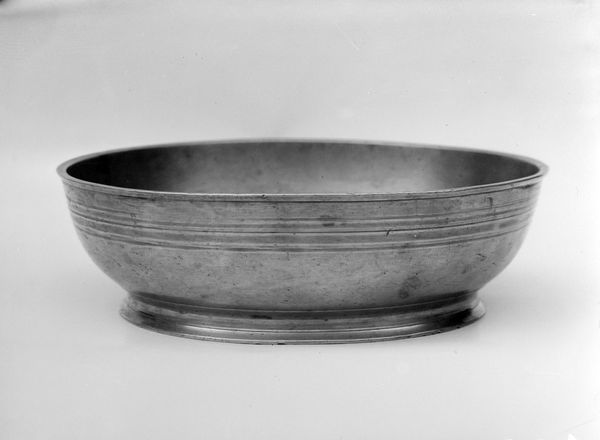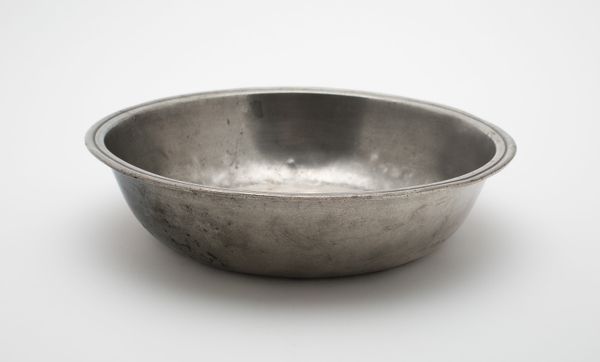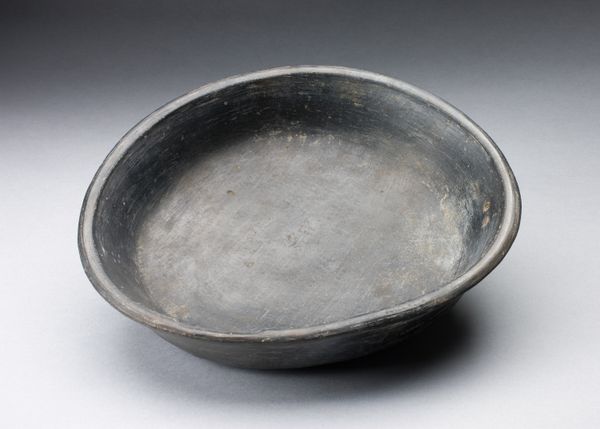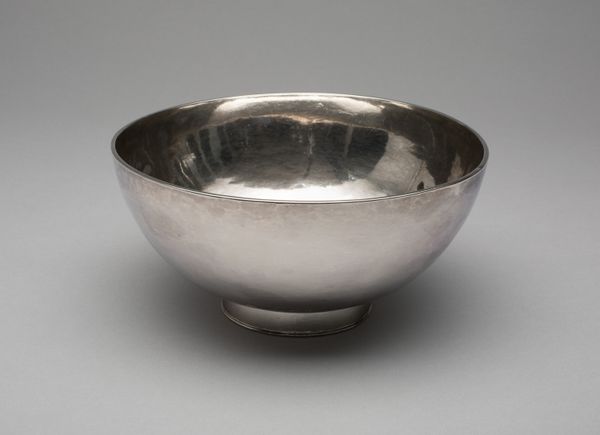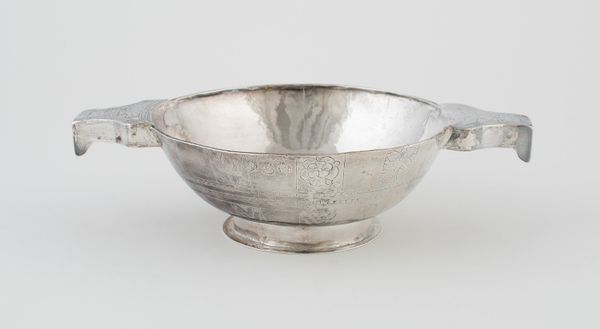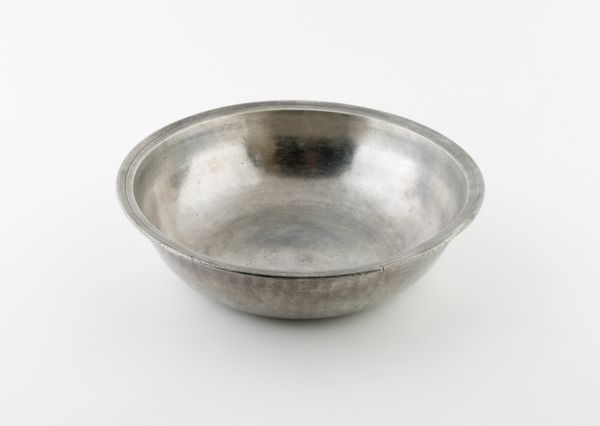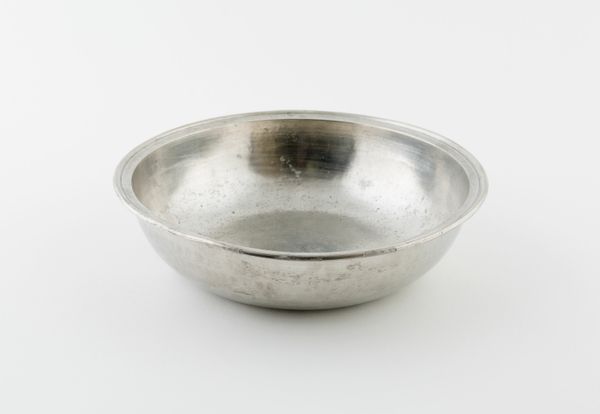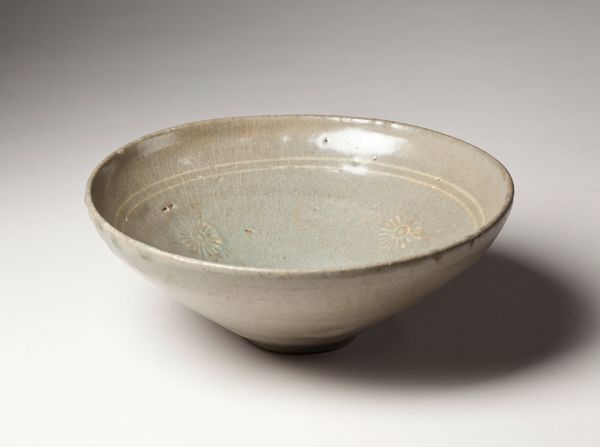
ceramic, porcelain, sculpture
#
baroque
#
ceramic
#
porcelain
#
sculpture
#
decorative-art
Dimensions: Overall (teabowl .19): 1 3/4 × 3 1/8 in. (4.4 × 7.9 cm); Overall (saucer .20): 1 1/4 × 5 1/8 in. (3.2 × 13 cm)
Copyright: Public Domain
This understated teabowl and saucer, crafted at the Meissen Manufactory, embodies a fascinating chapter in the global exchange of culture and commerce. In the 18th century, tea was more than a beverage; it was an emblem of status, desire, and colonial power. As Europe developed a taste for tea, they also sought to unlock the secrets of porcelain production, a craft long mastered in China. Meissen, the first European manufactory to produce hard-paste porcelain, was at the forefront of this pursuit. The teabowl and saucer, while seemingly simple, speaks volumes about the era's aspirations. It reflects the desire to emulate and perhaps even surpass the artistry of the East. The deep brown tone, achieved through laborious experimentation, hints at the complex interplay between imitation, innovation, and imperial ambition. Consider that each sip taken from this bowl would have been a participation in a global narrative of trade, taste, and the complicated relationships between nations.
Comments
No comments
Be the first to comment and join the conversation on the ultimate creative platform.
